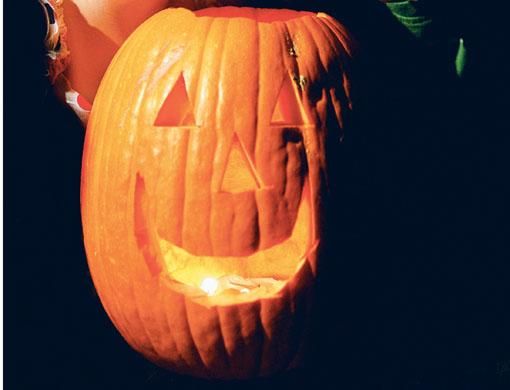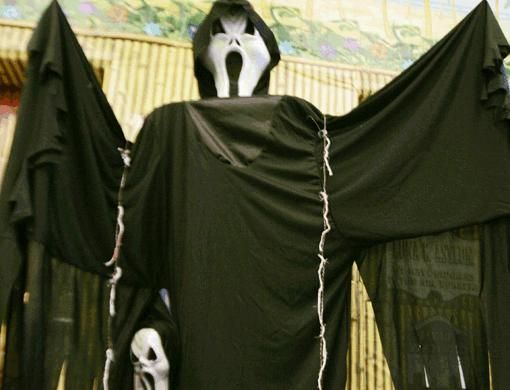Some love it and some hate it, but whatever your views on Halloween it is clearly a celebration that's here to stay.
With a rich and deep history, the observance of Halloween dates back to Celtic rituals thousands of years ago, and has long been associated with images of witches, ghosts, devils and hobgoblins.
In the United States, the first official citywide Halloween celebration occurred in 1921, in Anoka, Minnesota. Halloween customs and rituals have changed dramatically over the years and today, many of the young and young-at-heart take a more light-spirited approach.
They don scary disguises or ones that will bring them smiles when they go door-to-door for treats, or attend or host a party.
Celtic origins
Halloween originates from the ancient Celtic festival of Samhain (pronounced sow-in).
More than 2,000 years ago in Ireland, the Celts celebrated New Year on November 1 - a day which marked the end of summer and the harvest, and the beginning of the dark, cold winter - a time of year often associated with human death.
Celts believed that on the night before New Year, the boundary between the worlds of the living and the dead became blurred.
On the night of October 31, they celebrated Samhain, when it was believed that the ghosts of the dead returned to Earth.
During the celebration, Celts wore costumes, typically consisting of animal heads and skins, and attempted to tell each other's fortunes. When the celebration was over, they re-lit their hearth fires, which had been extinguished earlier in the evening, from the sacred bonfire to help protect them during the coming winter.
By 43AD, Romans had conquered the majority of Celtic territory and, in the course of the 400 years they ruled the Celtic lands, two festivals of Roman origin were combined with the traditional Celtic celebration of Samhain.
The first was Feralia, a day in late October when the Romans traditionally commemorated the passing of the dead. The second was a day to honour Pomona, the Roman goddess of fruit and trees.
The symbol of Pomona is the apple and the incorporation of this celebration into Samhain probably explains the tradition of "bobbing" apples that is practised today on Halloween.




